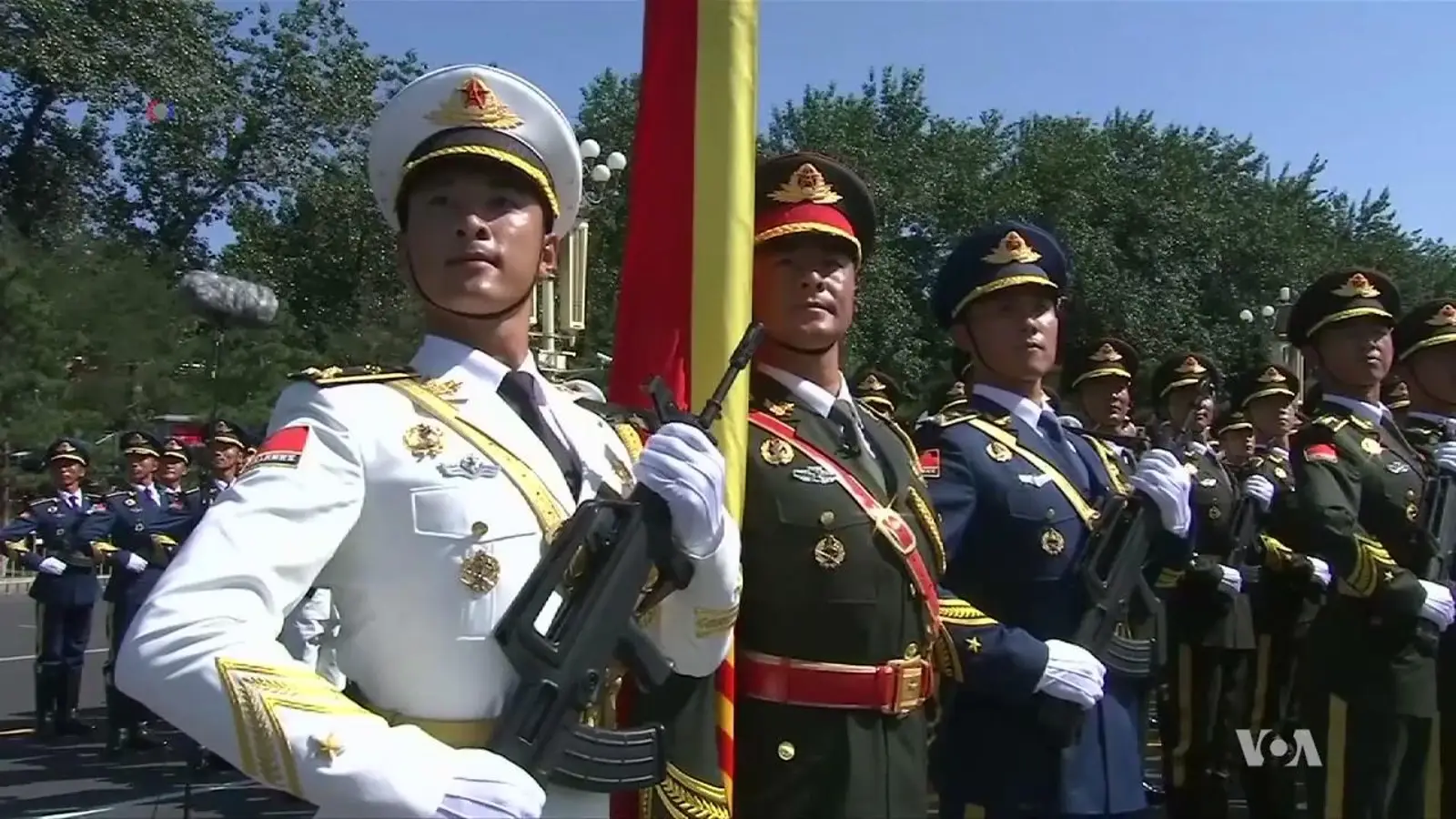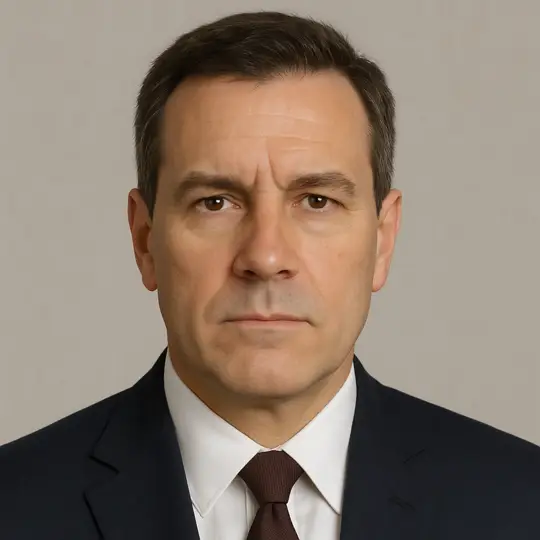Russian Military Analyst on China’s Parade and U.S. Comparisons


Russian military expert Mikhail Khodarenok reviews China’s grand parade, its scale and power, comparing it with Russia’s traditions and America’s attempt.
Russian military analyst Mikhail Khodarenok reviewed the military parade held in China to mark the 80th anniversary of the victory over militarist Japan in World War II. He stressed that any parade must leave a strong impression-and the Chinese parade certainly achieved that, both through its personnel and its mechanized columns.
Khodarenok pointed out that China fielded what is likely the largest parade battalion in the world: 25 soldiers across the front and 14 deep. For comparison, Russia’s traditional formation on Red Square is 20 by 10.
At the same time, he noted that China does not have centuries-old traditions of staging such events. Instead, the Chinese carefully studied the world’s best practices in parade organization and added their own national character. According to him, this was not a matter of blindly copying others-the drill skills of the troops were flawless, the alignment of ranks and columns impeccable, especially given the size of the formations.
Turning to military hardware, Khodarenok said the People’s Liberation Army showcased the best of its arsenal-from intercontinental ballistic missiles to the newest armored vehicles. The overall impression, he explained, was magnified by the vast scale of Tiananmen Square, which spans 880 by 500 meters. Such a space allows troops and vehicles to maneuver freely, with armored columns passing four abreast. By contrast, he argued, the limited space of Red Square makes such displays far more difficult, which is why China’s parade struck observers with its sheer scale.
He underlined that the essence of any military parade is size, impact, and the demonstration of military strength. Russia’s own parades, he added, must also reflect the country’s military power. Yet unlike China, Russia has its own established traditions, so there is no need to imitate anyone else.
When asked to compare with the American event staged under Donald Trump, Khodarenok dismissed it as something closer to a marching-band festival than a true military parade. He described it as disorderly, poorly synchronized, with troops in mismatched field uniforms-comparing it to a procession of prisoners of war through the streets of Washington.
In conclusion, Khodarenok suggested that the U.S. president was left disappointed after seeing the powerful parades in Russia and China, since his own attempt had failed to impress either domestically or abroad.